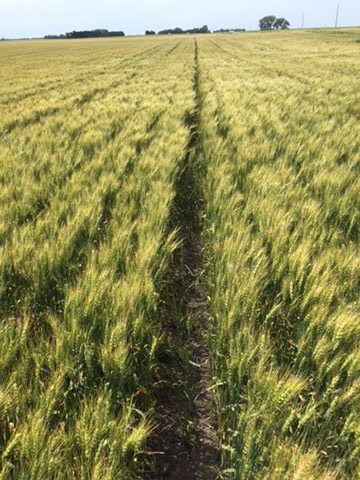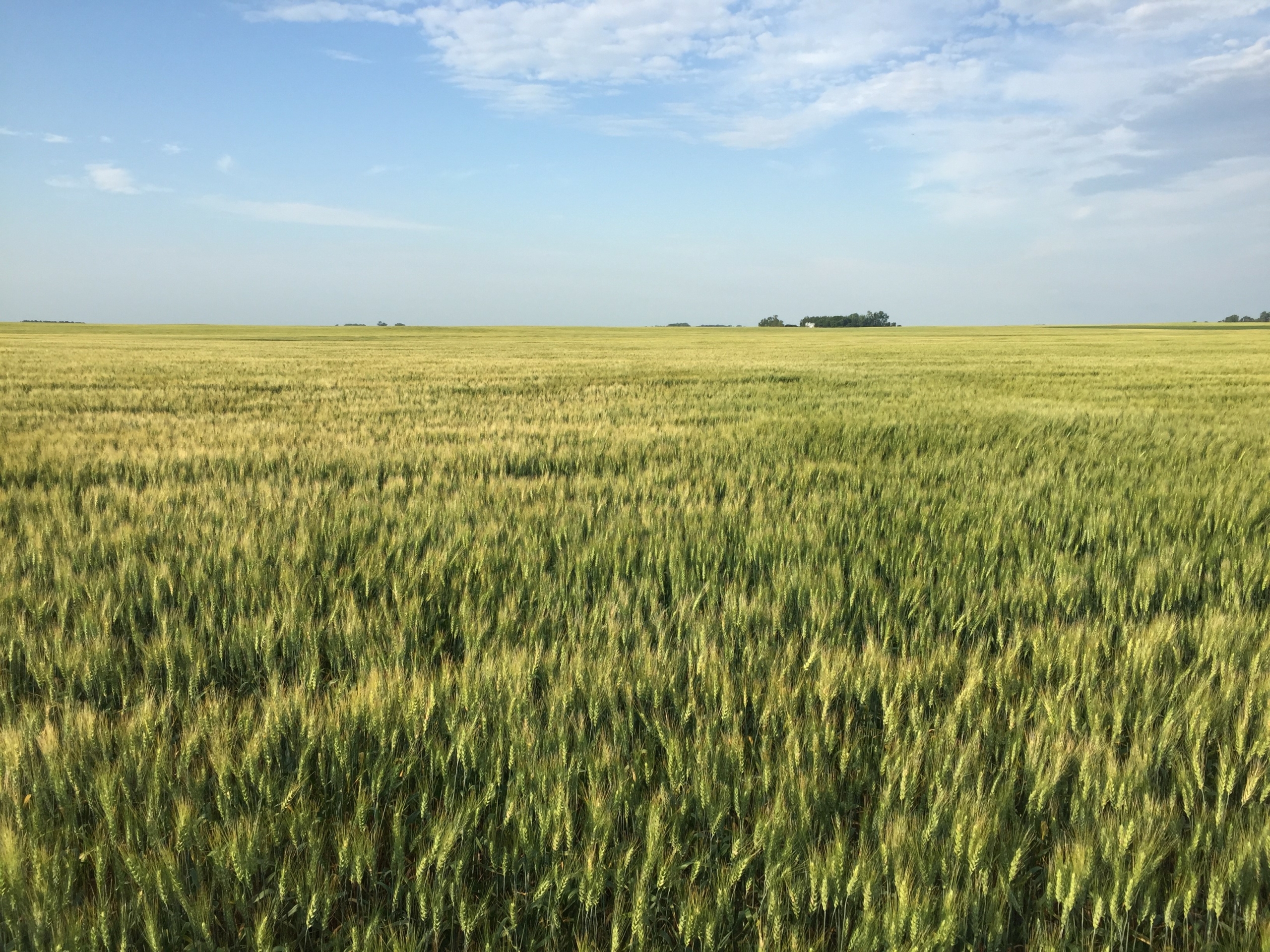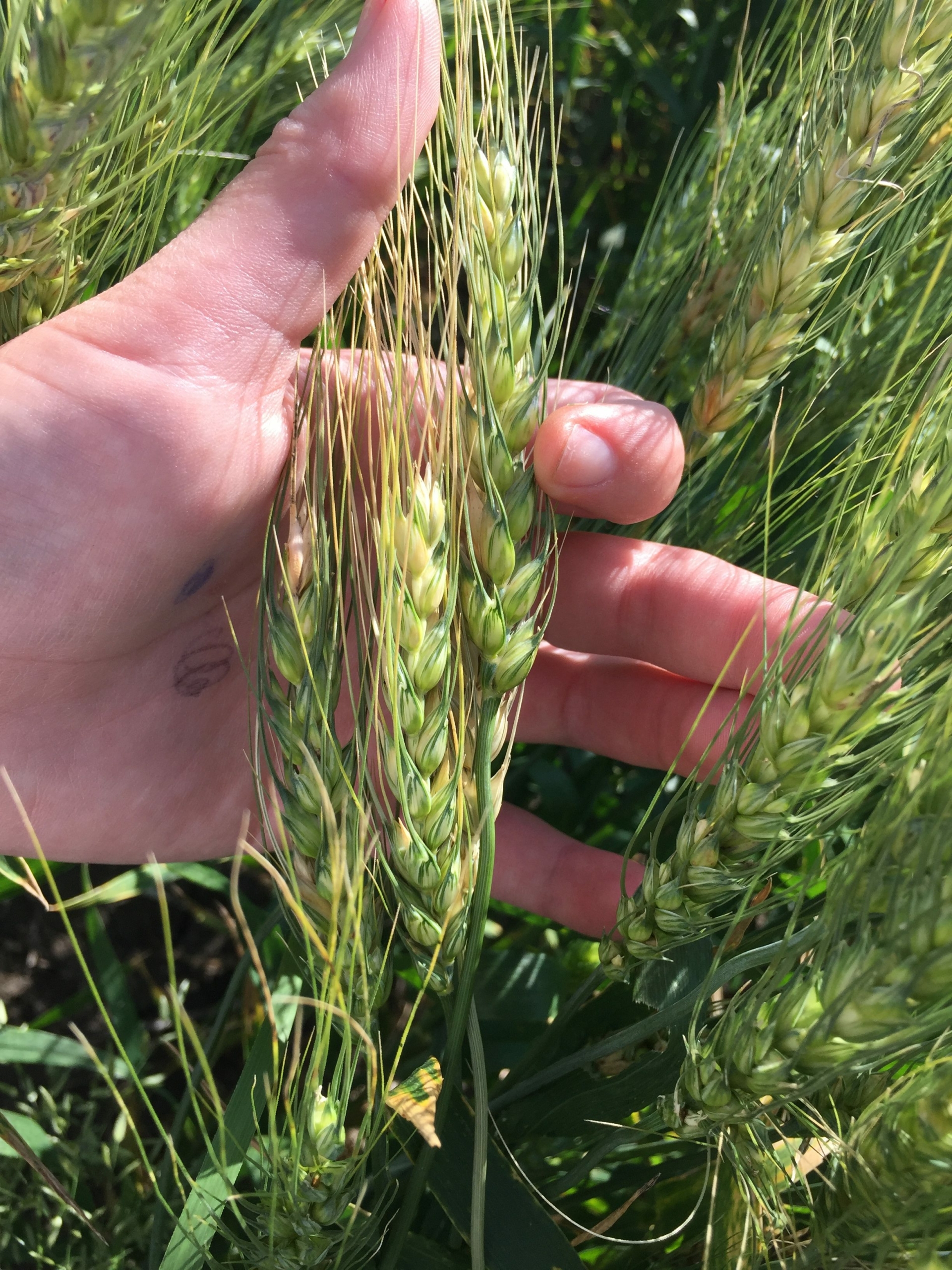By Claire Hutchins, USW Market Analyst
This week, my colleague, Michael Anderson, and I joined four U.S. wheat customers from Mexico and Chile for the annual Wheat Quality Council (WQC) Spring Wheat Tour, an early survey of the 2019/20 hard red spring (HRS) crop in North Dakota and surrounding states. Today the tour estimated a final average yield potential of 43.1 bushels per acre (bu/ac) or about 1.17 metric tons (MT) per hectare for the 2019/20 North Dakota HRS crop. That is 5% higher than last year’s average of 41.1 bu/ac (1.12 MT/hectare). This year, tour participants made 371 stops to scout fields compared to 325 in 2018.
Each year, industry participants from across the United States and several countries gather in Fargo, N.D., and spend two and a half days in small scout teams, randomly stopping at several fields in a full day. Teams follow individual routes established many years ago by WQC to ensure most of North Dakota and parts of northern South Dakota and western Minnesota are scouted by tour participants. Teams measure yield potential, determine an average for the route and estimate a cumulative, daily tour average when all scouts come together again in the evening.
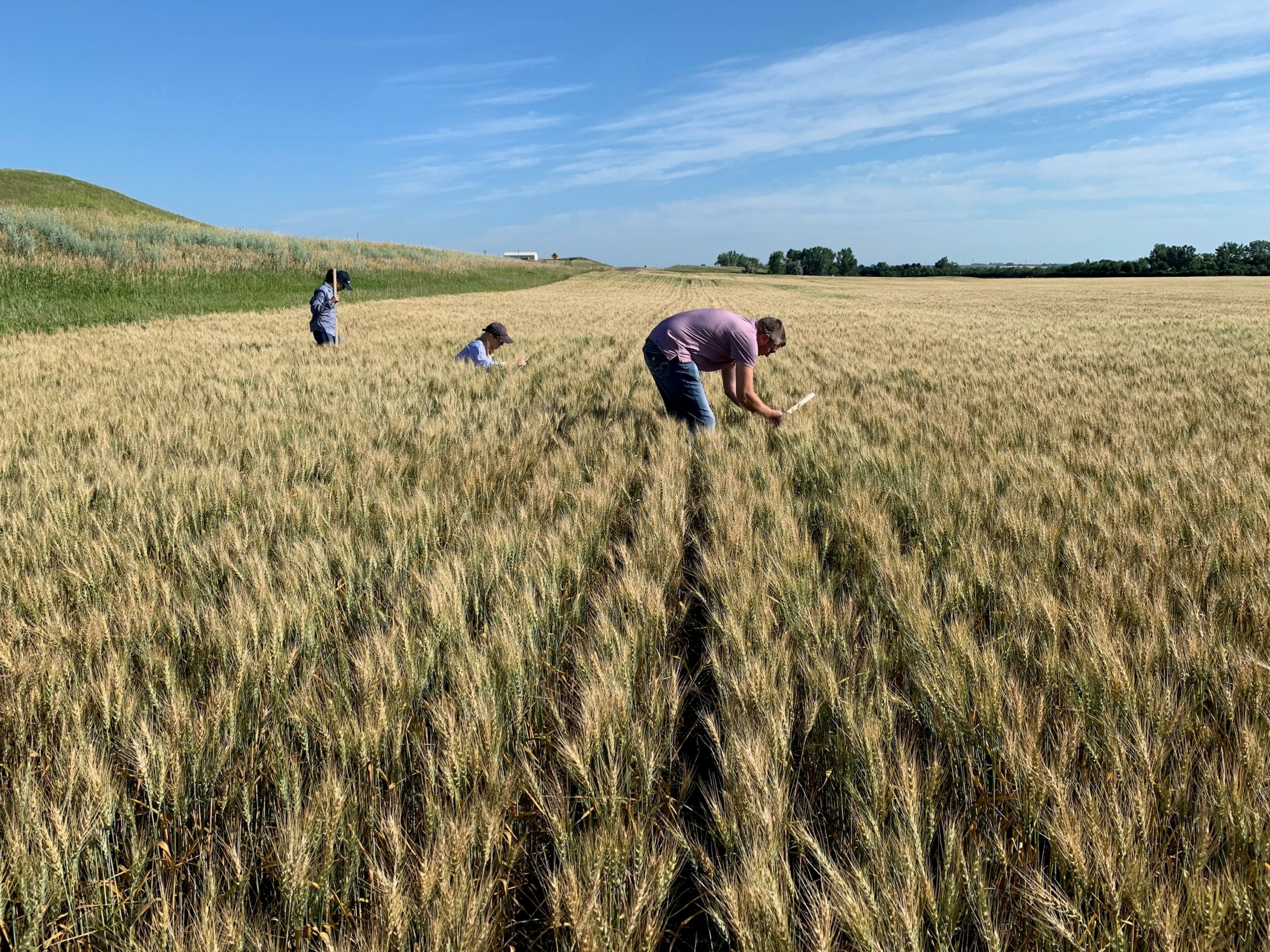
Dusty boots. Another purpose of the tour is to help educate a broad range of stakeholders about wheat production challenges. Scouts are asked to look for disease, weed and insect pressure, as well as soil conditions. This year, scouts enjoyed warm, dry tour conditions, a big change compared to a very wet period from August 2018 well into this year. Soil moisture is still adequate in some parts of the region, but the July 16 U.S. Drought Monitor shows abnormally to severely dry conditions in north central North Dakota.
On the first day, the tour traveled from Fargo along routes covering most southern North Dakota counties. The cumulative first day average HRS yield potential was 45.6 bu/ac (3.07 MT/hectare), compared to 38.9 bu/ac (2.61 MT/hectare) in 2018, on adequate soil moisture conditions, warm weather and minimal disease or insect pressure. Participants surveyed 153 fields recording a range from 13.5 bu/ac to 96.2 bu/ac. We saw strong stands of healthy wheat that were three to four weeks from harvest, depending on weather. Fields were mostly dry but standing water could be seen alongside roads and fields. Temperatures were in the mid- to high-70s Fahrenheit (24 to 26 degrees Celsius) and moderate Fusarium Head Blight (also known as “scab”) development was seen along several routes.
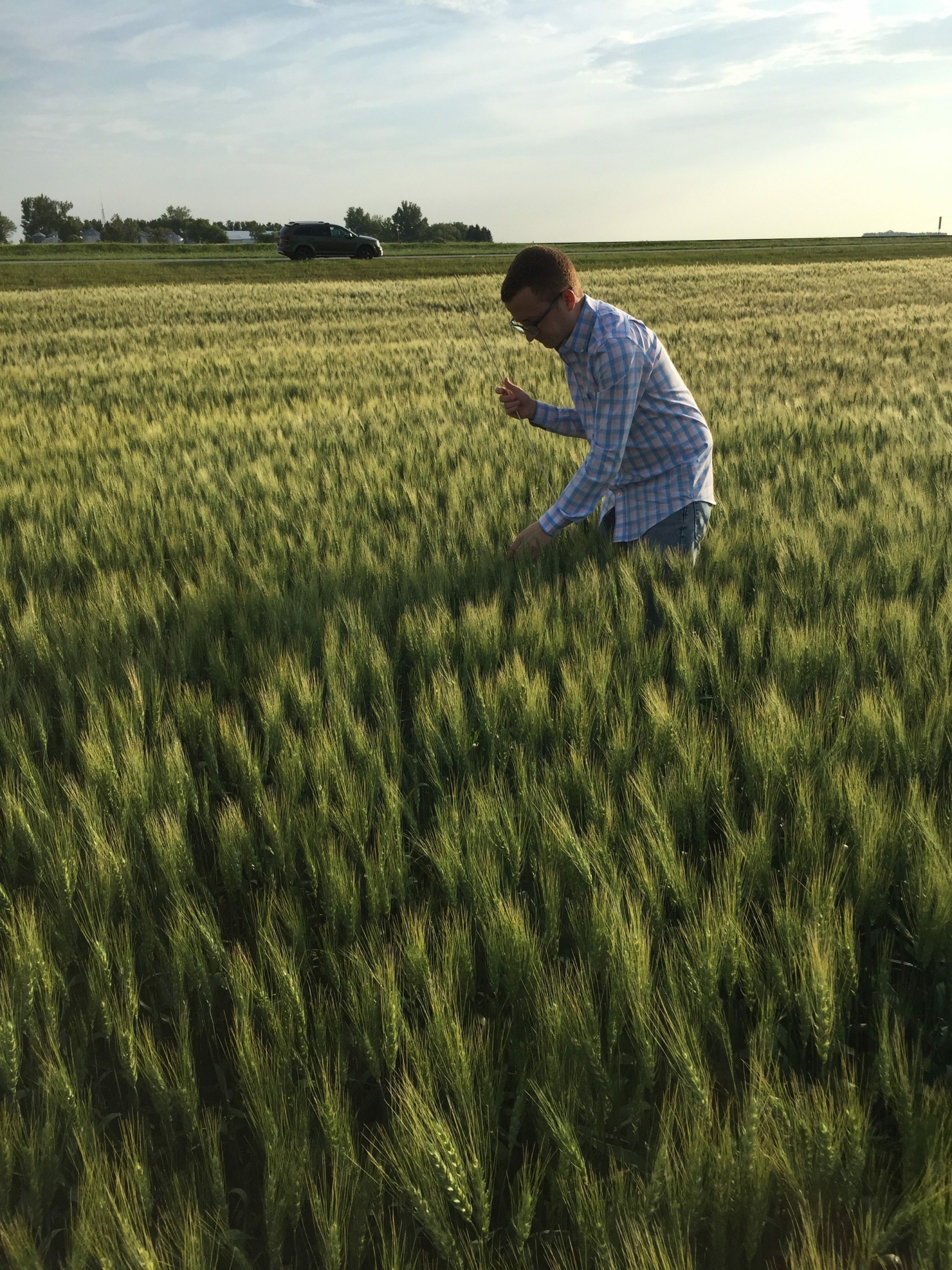
On the second day, teams traveled north and east through north central North Dakota where wheat does not compete as much with corn or soybeans for acreage as it does in the southeastern region of the state. Participants noted significantly larger fields, more mature wheat and less head scab pressure. The cumulative Day 2 average HRS yield potential was 40.6 bu/ac (2.74 MT/hectare), compared to 41.3 bu/ac (2.78 MT/hectare) in 2018. Participants surveyed 139 fields recording a range from as low as 14.2 bu/ac to a high of 74.7 bu/ac.
On the third day, participants traveled south and east back to Fargo for the final scout meeting hosted by the Northern Crops Institute (NCI). Teams noticed wetter field conditions, slight lodging, light scab pressure and more delayed overall crop development. The cumulative average HRS yield potential for the day was 48.6 bu/ac (1.32 MT/hectare), compared to 46.3 bu/ac (1.26 MT/hectare) in 2018.
Soil moisture impact. During the tour teams met many farmers in their fields. North Dakota farmers commented that beneficial rainfall throughout the spring and summer gave the 2019 HRS crop a boost over last year. Nearly every route averaged higher estimated yields on this wheat tour than the same routes in 2018, supporting farmer claims that 2019 could surpass 2018 harvest levels. One farmer near Wishek, N.D., expects 60 bu/ac on his farm due to cool temperatures earlier this spring and adequate soil moisture levels, which minimizes disease pressure and helps wheat yield potential. If realized, his farm would yield 39% higher than the tour’s total estimated average of 43.1 bu/acre (1.17 MT/hectare).
Days to harvest. Scouts on the tour identified most fields in the soft to hard dough stages, indicating harvest is two to five weeks away depending on weather. If warm, breezy conditions persist, some North Dakota farmers could begin the HRS harvest in as few as 20 days.
For more information, visit the WQC website at https://wheatqualitycouncil.org. Highlights and photos from the tour are posted on Facebook and Twitter using #wheattour2019.
